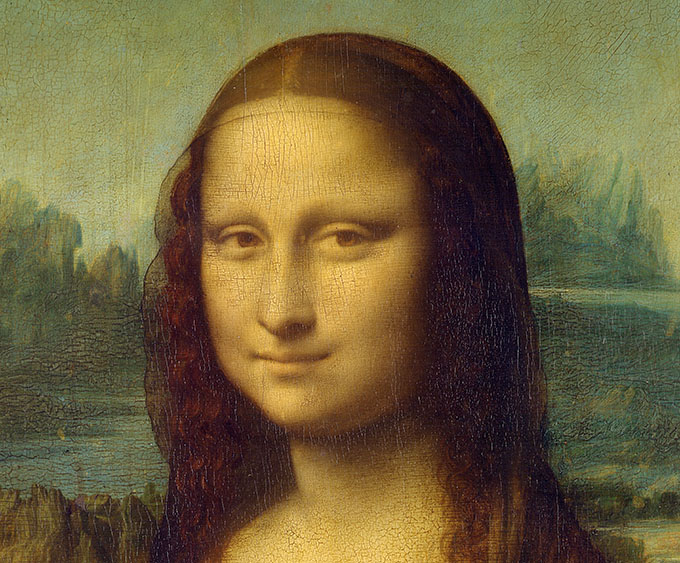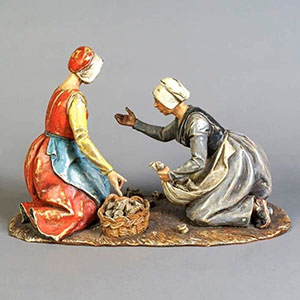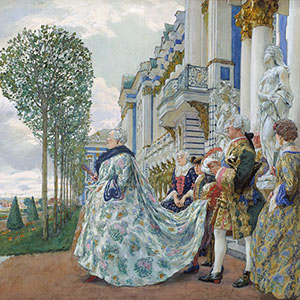Interesting facts from the French period of the life of Leonardo da Vinci, or how Gioconda ended up in the Louvre

The exhibition of works by Da Vinci promises to be one of the largest cultural events of the year in France. The management of the Louvre hopes that it will successfully be able to negotiate with other museums, as well as with private collectors, to provide da Vinci paintings and drawings. With Italy, a bilateral agreement has already been signed, under which France will send her masterpieces of Raphael to the exhibition planned for 2020 for the sent works by da Vinci. It will be organized in the Roman Quirinale Palace, the official residence of the President of Italy.
In France itself, on May 2, events will be held in memory of the 500th anniversary of the retirement of the Florentine artist, scientist and inventor. At the ceremony, which will be held in such historic places as Amboise and Chambord Castles, President Emmanuelle Macron invited his Italian counterpart Sergio Mattarella. The presidents, in particular, should lay wreaths on the da Vinci tomb in the chapel of Saint-Hubert, at the royal castle of Amboise.
King's Guest
64-year-old Da Vinci arrived in France in 1516 at the invitation of King Francis I. He brought with him to France such masterpieces as the "Gioconda", "John the Baptist" and "Holy Anna with Mary and the baby Christ." As well as drawings, various working notes and diaries.
Da Vinci was awarded the title of "chief royal artist, chief engineer and chief architect." Moreover, the "artist" he was appointed to the post for the first time - in Italy he was mainly perceived as an engineer. Da Vinci was assigned a high salary of 1 thousand ECU and granted the castle Clu (now Clos-Luce), located near the royal castle of Ambroise. His relationship with the king was beautiful - he called him "my father" and visited almost every day.
Da Vinci spent the last three years of his life in France. He organized holidays for the king, conducted various engineering works, drew many animals and landscapes, added finishing touches to the painting "Saint Anne". It is believed - although it is not proven - that a number of da Vinci's developments were already applied in France during the construction of the Chambord castle after his death.
The artist in the last year of his life was sick and died on May 2 in Clos-Luce. According to his will, he was buried in the monastery of St. Florentin, and the procession, by his own will, consisted of 60 beggars carrying torches. During the French Revolution, the monastery was destroyed. After this, the artist’s ashes were transferred to the Saint-Hubert Chapel at the Ambroise Palace.
How the paintings owned by da Vinci, in particular, "Gioconda", became the property of France, is still not clear. According to one of the versions, a model and a close friend of da Vinci - Salai (Gian Giacomo Caprotti and Oreno) could have sold them to Francis the First. Experts do not exclude the possibility that Da Vinci presented the pictures shortly before his death, making up his will in April 1519. Or transferred in the form of payment for the work.
But other options are possible. The nickname Salai is translated as "Devil" or "Spawn of the Devil." Da Vinci pointed out in his diaries that this man, who had been in his service since childhood, was repeatedly convicted of theft.
News of the day




